Space
Sign up for our newsletter
We summarize the week's scientific breakthroughs every Thursday.
-
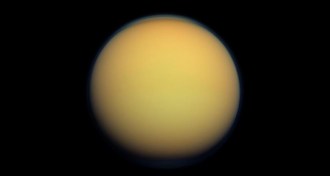 Space
SpacePotential ingredient for alien life found on Titan
The atmosphere and oceans of Saturn’s moon Titan contain vinyl cyanide, a compound predicted to form cell-like bubbles.
-
 Astronomy
AstronomyAstronomers may have found an exomoon, and Hubble is going to check
A distant object may be the first exomoon detected.
-
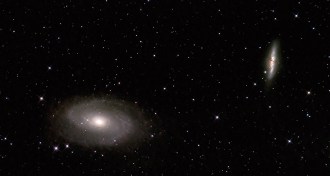 Astronomy
AstronomyHalf of the Milky Way comes from other galaxies
A galaxy may swipe up to half of its atoms from other galaxies, making the Milky Way mostly extragalactic stuff, new simulations suggest.
-
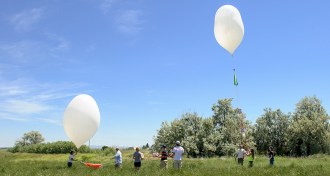 Astronomy
AstronomyBalloons will broadcast the 2017 solar eclipse live from on high
Astrophysicist Angela Des Jardins is coordinating the first-ever livestream of a solar eclipse filmed from balloons.
-
 Planetary Science
Planetary ScienceMore hints of Martian hot springs may hold promise for Mars 2020 mission
An analysis of ridges in a crater of Margaritifer Terra on Mars offers evidence of ancient hot springs and also hints at the potential for finding signs of life.
-
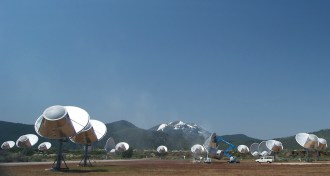 Astronomy
Astronomy‘Making Contact’ chronicles an astronomer’s struggle to find E.T.
For decades, astronomer Jill Tarter led the hunt for extraterrestrial intelligence, as detailed in a new biography.
-
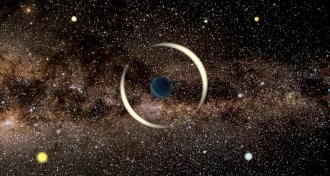 Astronomy
AstronomyFewer big rogue planets roam the galaxy, recount shows
Jupiter-mass planets without parent solar systems are less common than astronomers thought, a new study suggests.
-
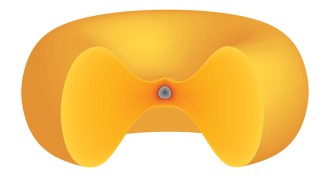 Planetary Science
Planetary ScienceEarth might once have resembled a hot, steamy doughnut
Newly proposed space objects called synestias are large, spinning hunks of mostly vaporized rock. They look like a jelly-filled doughnut.
-
 Planetary Science
Planetary ScienceNew Horizons’ next target caught making a star blink
The team behind the spacecraft that visited Pluto has seen its next quarry blocking the light from a distant star.
-
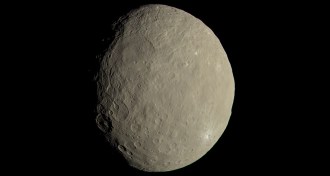 Planetary Science
Planetary ScienceGiant mud balls roamed the early solar system
The first asteroids may have been great balls of mud, which would solve some puzzling features of meteorites.
-
 Animals
AnimalsWater bears will survive the end of the world as we know it
Water bears have a till-death-do-us-part pact with the sun, study suggests.
-
 Planetary Science
Planetary ScienceHere are Juno’s first close-ups of Jupiter’s Great Red Spot
The Juno spacecraft swooped just 9,000 kilometers above Jupiter’s Great Red Spot on July 10. Here are the first pictures.